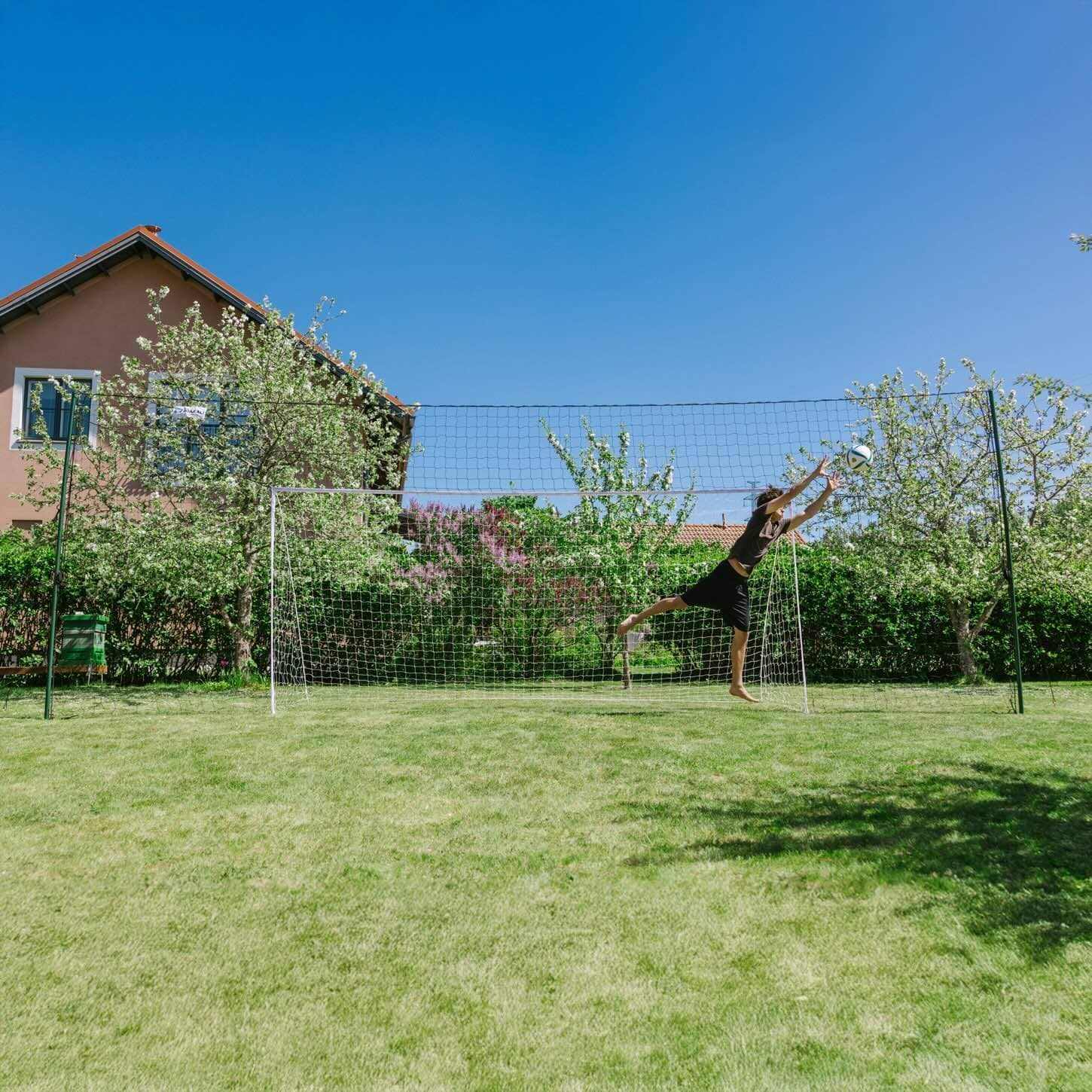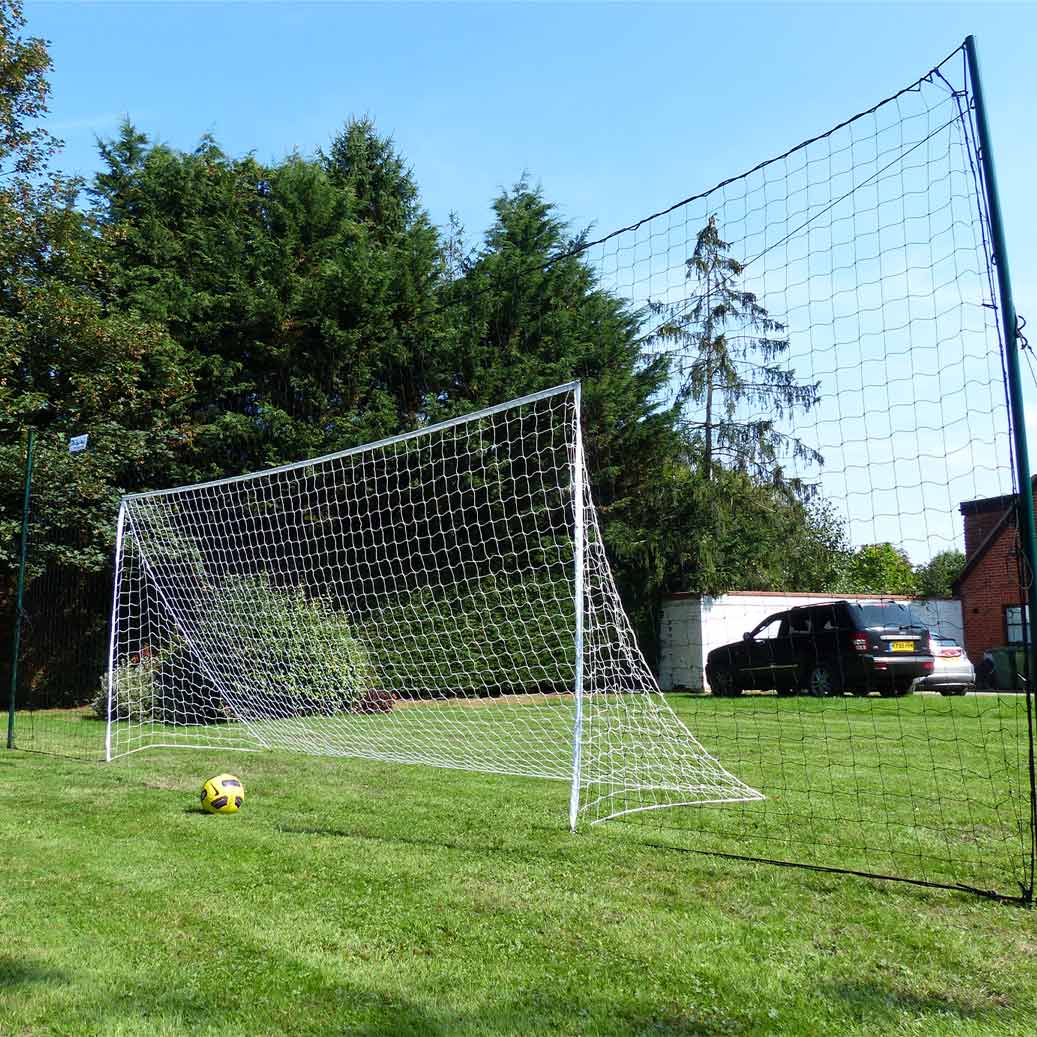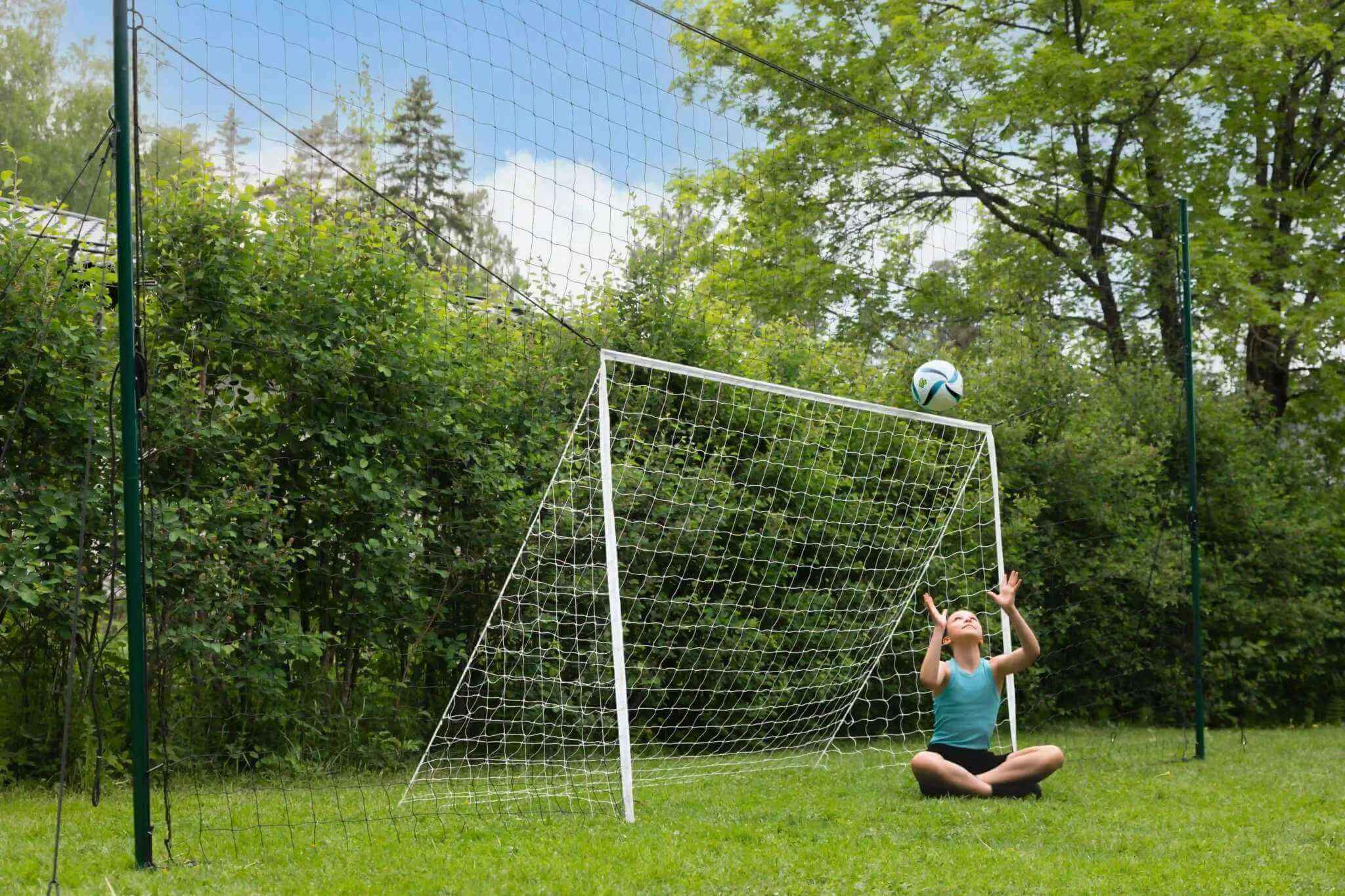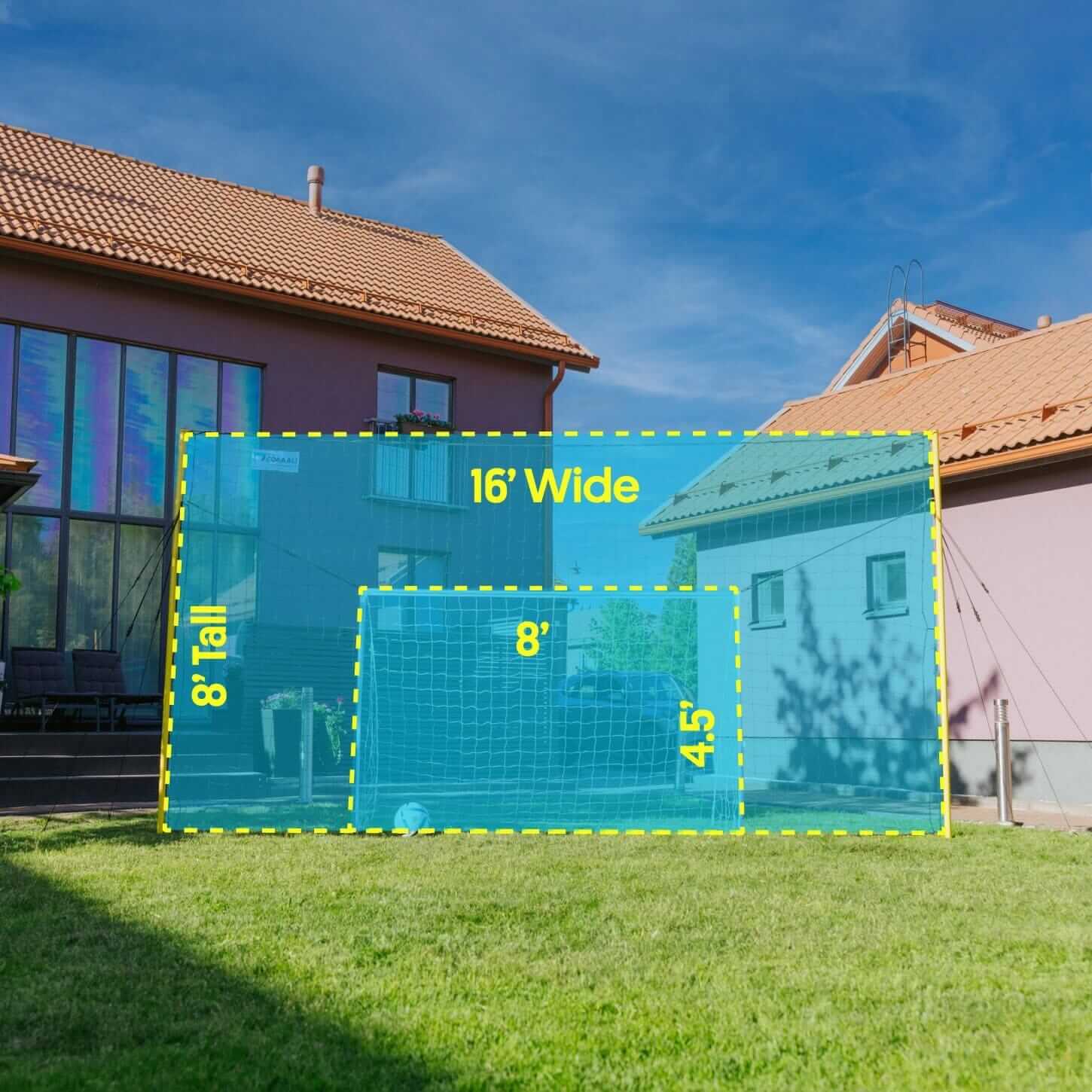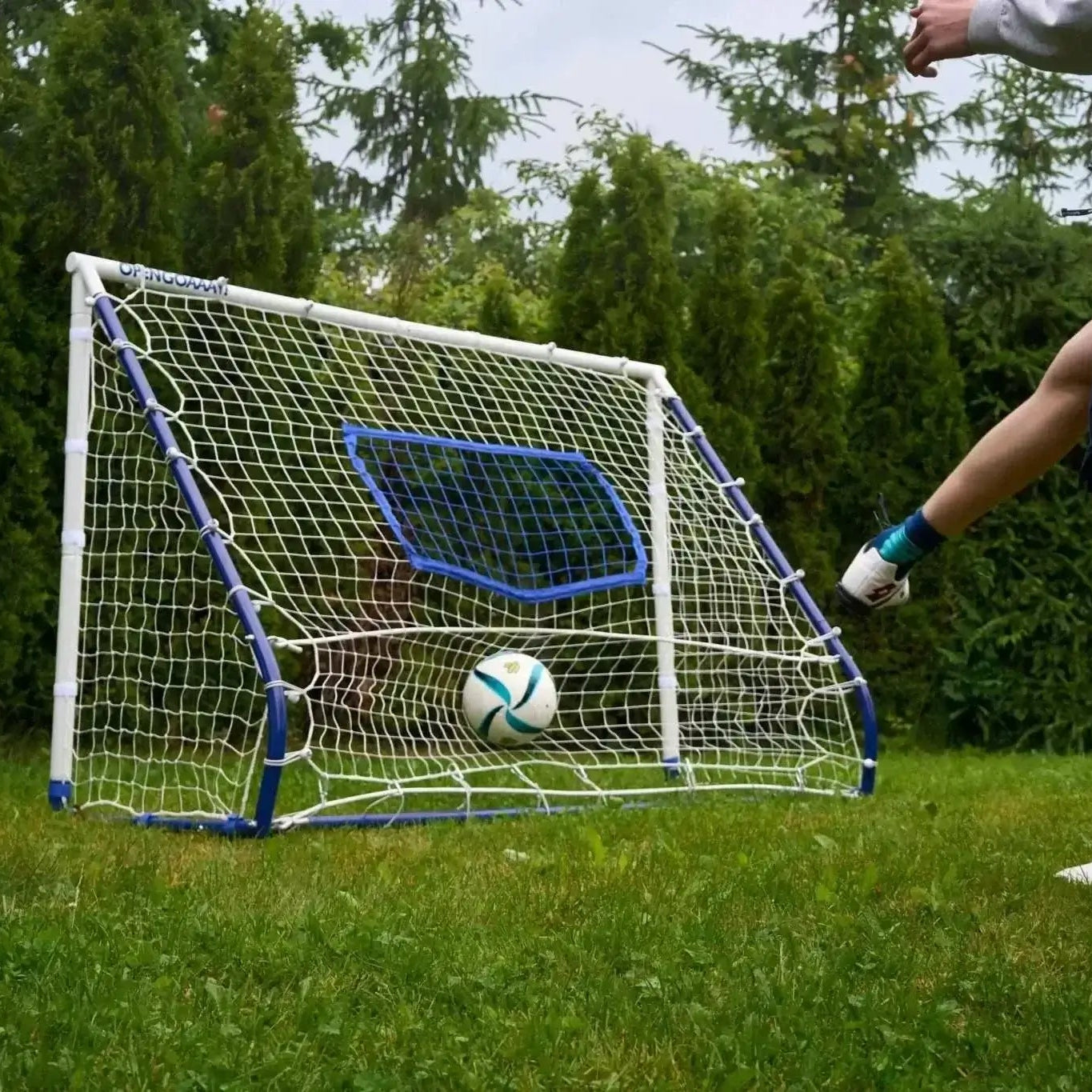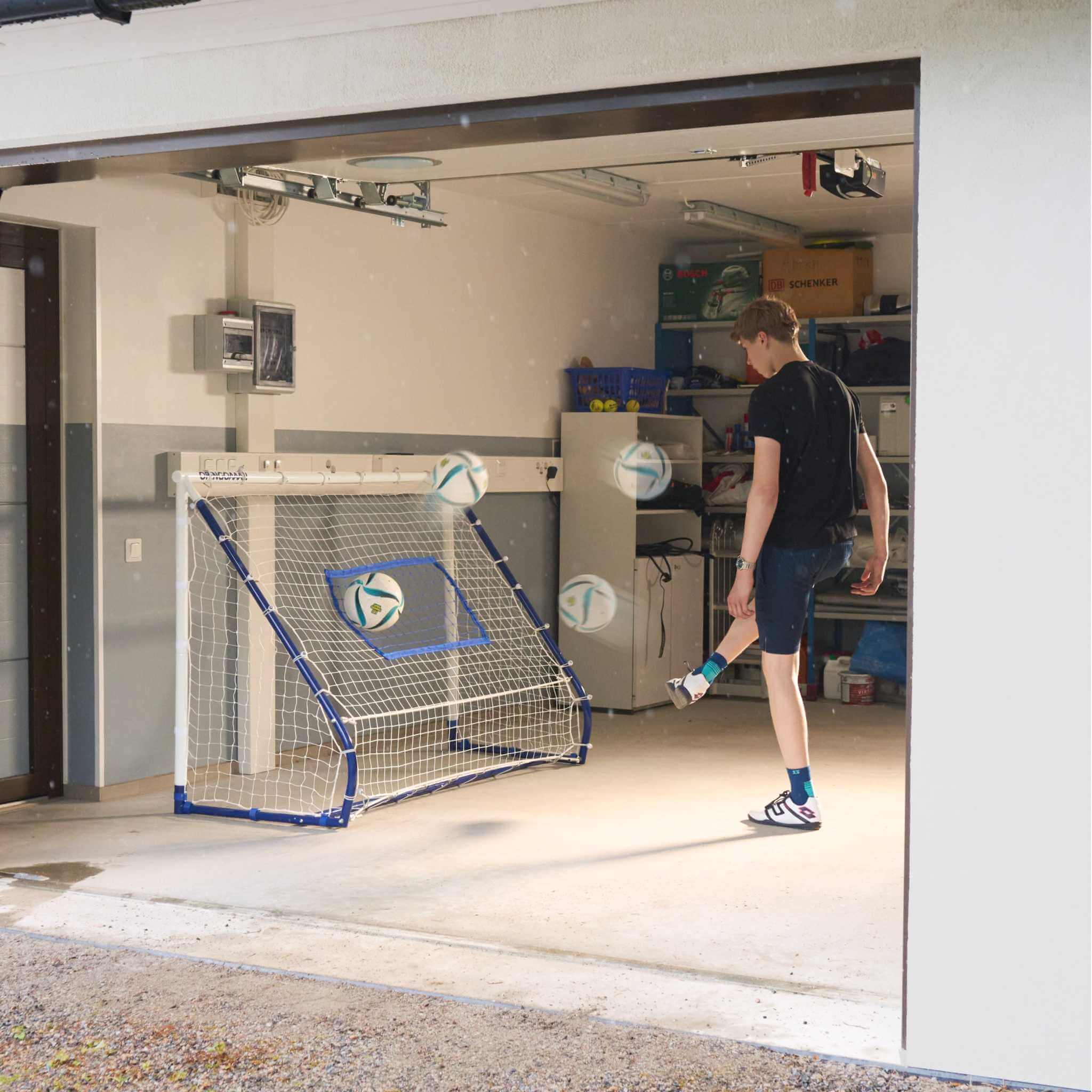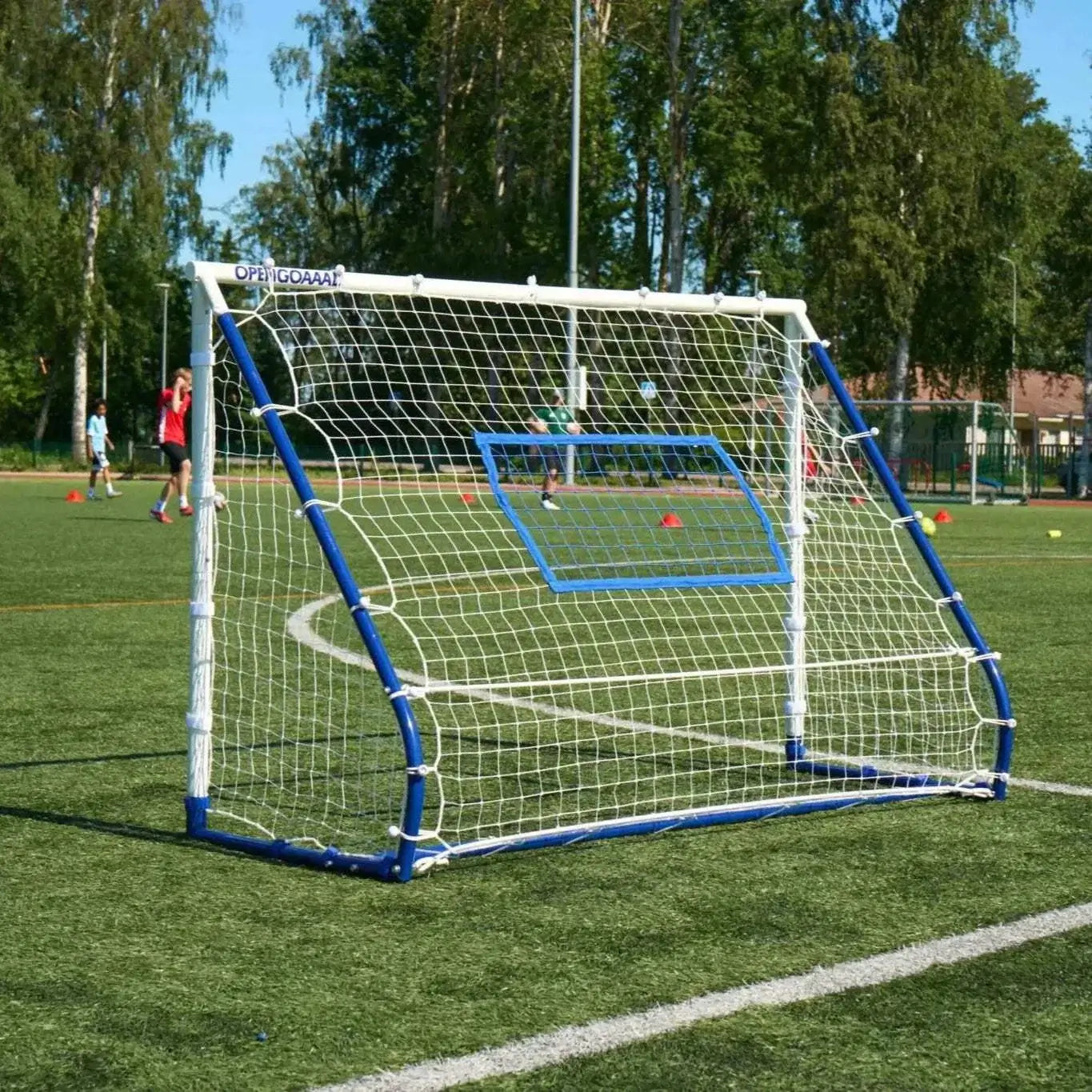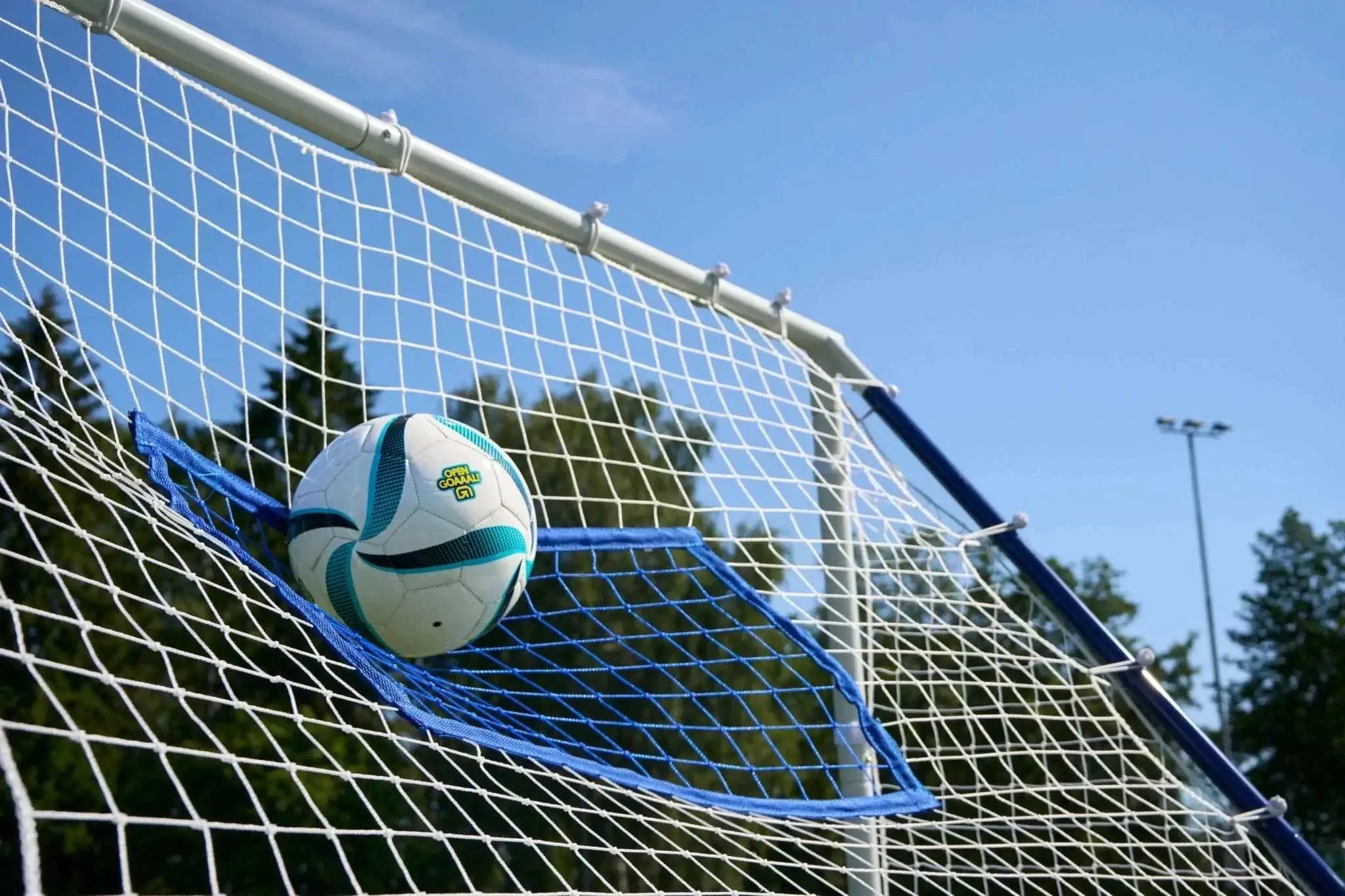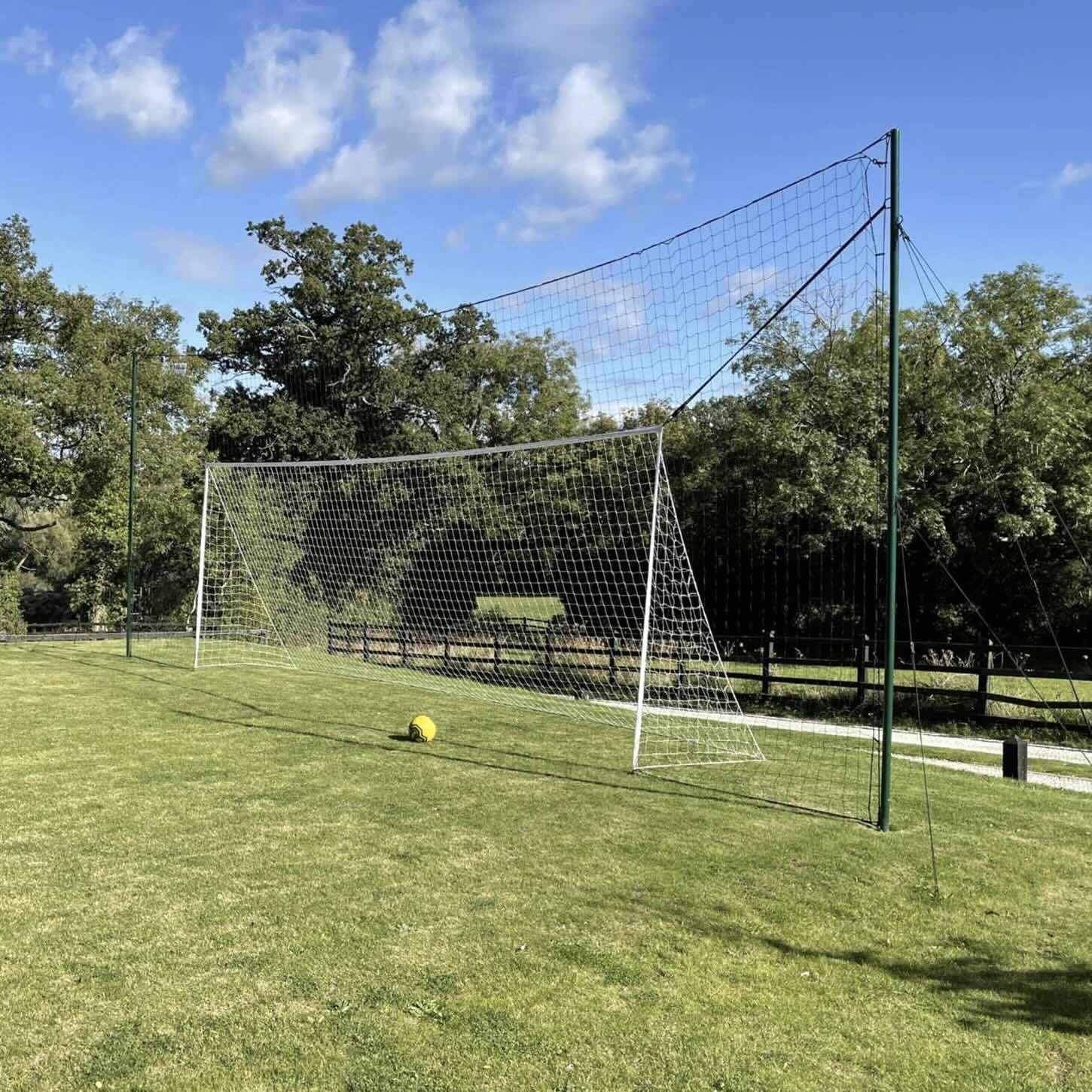When trying to decide which teams should be considered as among the greatest of all time, there are many factors to weigh-up. Should greatness be defined in terms of trophies won, the caliber of their players, the quality of the opposition they faced, or the impact they had on future generations? Each of these has a bearing when it comes to selecting the best, but, there can never be a definitive list, as everybody will have their own favorites.
However, here are ten suggestions for teams that are worthy of being considered on any shortlist.
The Real Madrid side of the late 1950s was one of the finest to ever grace the game, packed with stars like left-winger Gento, one of the best to play in his position, and attacking midfielder Frenchman Raymond Kopa. And, at its heart, was Alfrédo di Stéfano, who was playing in South American club football until his late twenties, but still went on to forge a reputation as one of the all-time great players. Known as the “Blond Arrow” he was notionally a center-forward, but he would switch back into midfield when necessary, and could even be found organizing the defense on occasions.
Together the side won four domestic titles between 1955 and 1961, and the European Cup during the first three years it was played.
They had already established themselves as the best team in Europe in 1958 when they introduced one more element of magic into the mix in the form of Ferenc Puskás. The star of the great Hungarian side of the early 1950s, the man is known as the “Galloping Major” was 31, unfit and overweight when he arrived in Spain that year, following a two-year ban from football. However, although he missed out on their 1959 European Cup triumph, he was to enjoy a superb late-career renaissance with Real, winning 5 league titles and 3 European Cups.
The team came in the 1960 European Cup Final played before 120,000 fans in Hampden Park in Glasgow. Still rated by some as the finest game of club football ever seen, Di Stéfano scored a hat-trick, and Puskás four, as Frankfurt were routed 7 – 3.
Age eventually caught up with the team, but the luster of their memory has not diminished.
2. Ajax 1965 - 1973
The Ajax side of the late 1960s and early 1970s would get in any list, not just because of their achievements – six Eredivisie titles, four Dutch Cups, and three successive European Cups – but because of the “total football” that epitomized their style.
Total Football, based on the concept that any outfield player could play in any position on the pitch, was by no means a new concept when Rinus Michels was appointed a manager of Ajax in 1965. An early variant of it had been played by Ajax themselves in the inter-war years, and by the great Hungarian national team of the early 1950s. And Burnley had won the First Division in England in 1959 – 1960 playing a similarly fluid style of football.
What Michels did was to take the concept and reinvent it. At the fulcrum of his side was Johann Cruyff, a footballing maestro in his own right, who operated as a notional forward, but with a complete license to roam around the pitch, with the other players rotating around him.
Cruyff and Michels eventually left for Spain where their methods and style of play became embedded in the DNA of Barcelona. They were also to have a profound influence on the Dutch national team that came within a whisker of winning the World Cup in 1974, and, in a somewhat modified form, in 1978,
And it did not stop there. The AC Milan side of 1987 – 1991 that won back to back European Cups in 1989 and 1990 also owed much to their influence, and it is no coincidence that they had three Dutch players as their backbone – Ruud Gullitt, Frank Rijkaard and Marco van Basten.
3. Torino 1945 - 1949
Between 1943 and 1949, Torino won Serie A five times and were champions four successive years between ’46 and ’49. In the 1948/49 season, in the days of two points for a win, they won the title by 16 points, scoring 125 goals, and finishing the season with a goal difference of +92. The previous year, the Italian coach chose to pick up ten outfield players from Torino for a friendly with Hungary.
Playing a fluid 4-2-4 style that Brazil would later adopt for the first of their World Cup triumphs, the team rotated around the captain Valentino Mazzola, a classical “number ten”, who combined with the likes of Ezio Loik and center-forward Guglielmo Gabetto to both create and take chances.
In the center of the park, they had an elegant playmaker in the shape of Guiseppe Grezar, with a solid defense led by center-half Mario Rigamonti.
Tragically, the era of their domination was brought to a sudden, shuddering halt. Returning from a meaningless friendly against Benfica in May 1949, the plane carrying their entire team, coaching staff and accompanying journalists, crashed into the Superga Basilica just outside Turin, All on board died instantly.
Like the “Busby Babes” a decade later, whose team was destroyed in an equally tragic plane crash, the world never got to see the full potential of the Torino side realized.
4. Bayer Munich 1967 - 1976
Although Bayern Munich is now known as the dominant team in Germany, it was not always the case. In fact, when Germany first created a national league in 1963, they were not even admitted initially and had to wait two years until they formally joined the Bundesliga. However, by the time that they did join the league, their team already contained the nucleus of players who would lead them to European triumph a few years later, and their country to World Cup glory within a decade, with goalkeeper Sepp Maier, elegant libero Franz Beckenbauer, and a tubby young striker called Gerd Müller.
The emerging team then won their first silverware with the German Cup in 1965, and, a year later, they went on to win the European Cup-Winners’ Cup. In 1969 they won the domestic league and cup double, and then, in 1970, under the new manager, Udo Lattek, began a new era of success, as burgeoning young talents like Paul Breitner and Uli Hoeness were introduced into the team.
Three league titles and more German Cup success followed, but the side reached its zenith by emulating Ajax’s feat of winning three successive European Cups between 1974 and 1976.
Meanwhile, the core of the Bayern side helped West Germany to World Cup triumph as they beat Holland in the 1974 final on home soil, Breitner and Müller scoring the goals in a 2 – 1 victory.
By 1977 the team began to break-up, and, although Bayern has gone on to enjoy many more successes, none of their subsequent teams has dominated Europe in the same way as that earlier side.
5. Santos 1955 - 1968
Few teams have achieved the level of domestic domination that Santos managed in Brazil between 1955 and 1969, winning 6 national and 11 state championships, as well as enjoying back-to-back Copa Libertadores triumphs.
And, to put this into context, this was achieved by a provincial team with no history of sustained trophy success, and without the financial resources or fan base of the major teams in Brazil like Flamengo, Corinthians, São Paolo or Palmeiras. In England, teams like Nottingham Forest, Blackburn Rovers (backed by Jack Walker’s millions) and Leicester City have enjoyed one-off league wins, but have never gone on to dominate the competition in the same way that Santos did.
The team containing players like Zito, Helvío, and Pele had already won two state championships when they gave a debut in 1957 to a 16-year old called Pelé. He went on to become arguably the greatest player that the world has ever seen, scoring well over a thousand career goals (although the exact number is hard to determine).
In fact, Santos could have won even more trophies if they had decided to play in the Copa Libertadores after 1963. But instead, they chose to become the first truly global club side, playing in a series of high profile friendlies that turned them into the footballing equivalent of the Harlem Globe Trotters. Amongst their victims in that era were some of the leading sides in Europe at the time, including Inter Milan, who were despatched 4 – 1, and Benfica who were thrashed twice, 5 -2, and 4- 0. In the era before the internet, Santos became the first South American side known on the world stage.
6. Barcelona 2008 - 2011
There have been few teams as easy on the eye as the Barcelona side of 2008 – 2011, with a cast of names that still trip off the tongue today – Xavi, Andrés Iniesta, Sergio Busquets, and, of course, Lionel Messi.
Yet, when Pep Guardiola was appointed a manager in 2008, he had never managed a senior game of football in his life. The former Barcelona ball-boy who went on to become a club legend and play for Spain 47 times, had been managing the club’s B side when he asked to take over from Frank Rijkaard in May of that year.
However, within 12 short months of being in charge, Guardiola had managed the club to an unprecedented sextet of titles, claiming La Liga, the Copa del Rey, the Champions League, and the Club World Cup, as well as the Supercopa de España, and the UEFA Super Cup.
In fact, in the four brief seasons, he was in charge at the Camp Nou, Guardiola garnered no fewer than 14 trophies, including three league titles and two Champions Leagues. But it was the style that won Barcelona an army of fans all over the world. Adopting the “Tiki-Taka” concept, their style was based on short, quick passes, rapid movement off the ball, and a high press when not in possession. Guardiola himself deplored passing for the sake of it – the Barcelona way was to keep the ball until the moment presented itself and then strike, often to devastating effect.
Owing its origins to the Total Football concept imported to Spain by Johann Cruyff and Rinus Michels in the early 1970s, the arch-exponents of Tiki-Taka were the midfield duo of Xavi and Iniesta, who had the incomparable dribbling, vision and finishing skills of Messi to complement their work, as well as having the brilliance to settle football matches by himself with individual piece of magic himself.
The Barcelona style was adopted almost wholesale by the Spanish national side to great effect, helping them win the 2010 World Cup and back-to-back European Championships.
Perhaps the most fitting tribute to their brilliance came from Sir Alex Ferguson after his Manchester United side had been beaten 3 – 1 by them in the 2011 Champions League final. The Scot said: “in my time as a manager, I would say that they’re the best team we’ve faced….It’s not easy when you’ve been well beaten like that to think another way. No one has given us a hiding like that.”
7. Liverpool 1974 - 1985
When Bob Paisley was appointed Liverpool manager in 1974, he took over a club that had enjoyed success under his legendary predecessor, Bill Shankly, but there were no indications as to what was to come, By the time that the softly-spoken Paisley stepped down nine years later he had won 6 League titles, three League Cups, the UEFA Cup, and the European Cup three times.
Playing a simple pass and move game, Paisley’s Liverpool consisted of supremely talented individuals molded into a cohesive and effective unit, with a simple game plan which they were expected to execute to the letter. Part of his immense skill lay in his eye for a player, and also to evolve his team as players moved on, or were found not up to the required level. Ray Clemence in goal was replaced by Bruce Grobelaar, Emlyn Hughes in defense by Alan Hansen, and Tommy Smith in midfield by Graeme Souness.
The early star of the team with Kevin Keegan but, when he moved to Hamburg, he was replaced by an even more gifted footballer in the form of Kenny Dalglish. And then, to cap it all, they unearthed one of the best marksmen in Europe in Ian Rush.
Paisley’s retirement in 1983 did not signal the end of the side’s success. Under his successor, Joe Fagan, they won the league, and league cup again, and added a 4th European Cup to the trophy cabinet. The next year they returned to the final again in Belgium, but the Heysel Stadium tragedy, in which rioting Liverpool fans caused the deaths of 39 fans, mainly from their opponents Juventus, tarnished the club’s name and that of all English football supporters.
Three more league triumphs and a league and cup double followed in the years after Heyssel, before the second major tragedy to afflict the club saw 96 Liverpool fans die in the Hillsborough disaster. Although the league was won the year after Hillsborough in 1990, the side has not won it since.
8. Manchester United 1995 - 2001
Although several Manchester United teams from earlier eras – including the Busby Babes, or the side featuring Best, Law and Charlton that lifted the European Cup in 1968 - may lay claim for inclusion in this list, it is fitting that a side managed by Sir Alex Ferguson should be chosen to represent the club. And, whilst men managed several very good teams during his 25-year tenure as the boss of Old Trafford, the side of 1996 to 2001 was arguably his greatest.
After a difficult start at United, Ferguson had already enjoyed great success winning the League and FA Cup on two occasions each. However, in 1995 he made a calculated gamble when he allowed the likes of Paul Ince, Mark Hughes, and Andrei Kanchelskis to leave the club. Instead of bringing in expensive replacements, he decided to promote from within and gave members of the club’s FA Youth Cup winning squad their first-team break. The so-called “class of 92” included Ryan Giggs, Paul Scholes, Gary, and Phil Neville, Nicky Butt and, of course, David Beckham, all of whom would go on to become key components of the United side that won five league titles in six years, and two FA Cups.
Playing an exciting 4-4-2 style that relied on pace on the wing, energy, vision, crossing ability, and intense work rate, the culmination of all their efforts came in 1999 when they became the first, and to date, the only English club to win the treble in one season – winning the domestic league and cup double at home and then, incredibly, coming back from a goal down against Bayern Munich in the Champions League Final to snatch the trophy with two injury-time goals.
It should also be remembered that domestic success was achieved despite the strongest competition. Arsenal were fierce rivals at that time, and Arsène Wenger’s men won their own fair share of trophies during that period.
Famously, pundit Alan Hansen sneered on Match of the Day “You won’t win anything with kids”. Ferguson proved him to be emphatically wrong.
9. Benfica 1959 - 1968
In a 40-year managerial career, Hungarian Béla Guttmann managed no fewer than 19 clubs, several of them twice, taking in 12 separate countries. Yet the apogee of his success came with Portuguese side Benfica, who he managed between 1959 and 1962, and then again between 1965 and 1968.
The side dominated the Portuguese league between 1960 and 1968, winning eight league titles and four domestic cups. They also broke Real Madrid’s monopoly on the European Cup, winning back-to-back trophies in 1961 and 1962, and reaching three more finals in the next six years.
Alternating between a 4-2-4 and W-M five up-front formation, their star player was undoubted, Eusébio, the poor immigrant from Mozambique, who became one of the greatest marksmen in Europe with superb technique, and a hammer of a shot in his right foot.
This was no one-man team though. Mario Clouna, who also originally hailed from Mozambique, was the midfield plotter and strategist, with a powerful shot of his own, whilst the supporting cast included gifted individuals in their own right, such as goalkeeper Costas Perreira, center-forward José Aguiar, and winger Joaquim Santana.
Benfica has never managed to emulate that level of European success, and, ironically, that may be down to Guttmann as well. After he won the second of his European Cups in 1962, he approached the Benfica Board for a pay rise. When they turned him down he allegedly put a curse on the club saying “not even in a hundred years from now will Benfica ever be European champions”. And they haven’t, losing all eight of their European finals since then.
10. Juventus 1980 - 1986
Although there have been a number of great Juventus sides, perhaps the one that has achieved the most on both the international and domestic stage is the 1980 – 1986 team, built by Giovanni Trapattoni, which saw them win 4 Serie A titles, the European Cup-Winners’ Cup and, for the first time in their history, the European Cup.
Trapattoni had the excellent raw material to work within the first place – many of his team had been key elements of the Italy squad that won the World Cup in 1982. They included legendary names like Dino Zoff in goal, defenders Antonio Cabrini, Claudio Gentile, and Gaetano Scirea, midfield talent such as Marco Tardelli and, up front, the goals of Paolo Rossi. And, on to this Italian base, he grafted foreign talent like Liam Brady and, later, Zbigniew Boniek and, most notably, Michel Platini.
An excellent man-manager, Trapattoni was an arch-exponent of the Catenaccio (chain) style of defensive football so valued in Italy, relying often on Platini’s ability to break from midfield to score valuable goals.
The three-time Ballon d'Or winner inspired his side to three league titles and the Italian Cup before sliding home the penalty that secured Juventus their first ever European Cup triumph. It is a shame for both him and Juventus that the triumph was completely overshadowed by the off-the-pitch tragedy that saw 39 people lose their lives in the Heysel Stadium.



